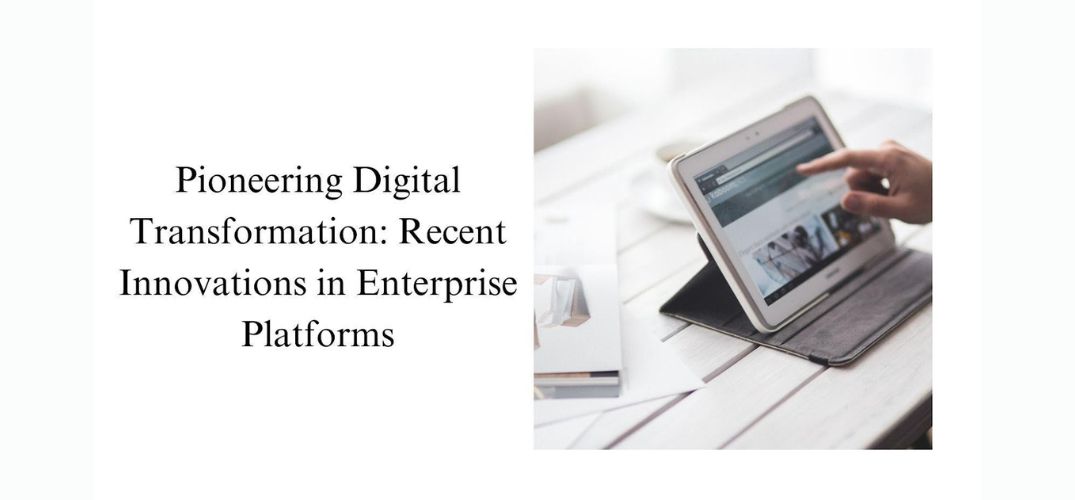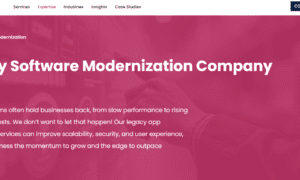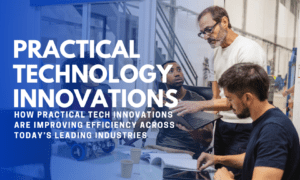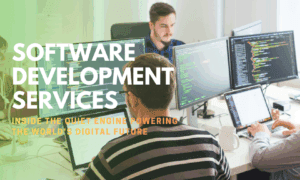Delving into the cutting-edge advancements of SAP S/4HANA Cloud and SAP Business Technology Platform (BTP), Sravan Kumar Nendrambaka, a seasoned expert in enterprise software solutions, highlights how these innovations are revolutionizing the digital transformation journey for organizations across industries.
Redefining ERP with Real-Time Capabilities
Enterprise Resource Planning (ERP) systems have traditionally faced challenges in real-time data processing and seamless integration. SAP S/4HANA Cloud reimagines ERP architecture with its in-memory database and streamlined data processing capabilities. Unlike legacy systems, its cloud-native design eliminates data redundancies, enabling real-time insights and enhanced system performance. Embedded analytics integrated directly within operational processes offer businesses the ability to make instantaneous, data-driven decisions.
Bridging Applications with a Unified Framework
SAP BTP complements S/4HANA by creating a robust integration framework. This platform establishes seamless connectivity across enterprise applications and hybrid cloud environments. Tools like the Cloud Integration Suite and API Management enable real-time data exchange with unmatched reliability and scalability. Organizations leveraging this connectivity can orchestrate complex processes with synchronous and asynchronous communication patterns, ensuring both flexibility and system stability.
Empowering Developers and Business Users Alike
A significant highlight of SAP BTP lies in its inclusive development ecosystem. Low-code/no-code tools, such as SAP Build Apps, democratize application development by allowing business users to create functional applications through intuitive drag-and-drop interfaces. On the other hand, professional developers benefit from advanced tools like the Business Application Studio, which supports multi-language programming and cloud-native development.
The ABAP environment within SAP BTP bridges traditional and modern development approaches, enabling businesses to modernize legacy systems while leveraging existing expertise. This dual focus ensures organizations can adopt new technologies without leaving their core competencies behind.
Revolutionizing Analytics and AI Integration
SAP’s integration of artificial intelligence into its platforms marks a milestone in enterprise automation. SAP AI Business Services provide pre-trained machine learning models tailored for common business scenarios, such as document extraction and predictive analytics. Generative AI capabilities further accelerate development cycles, enabling organizations to implement natural language processing and intelligent automation seamlessly.
The predictive analytics framework embedded within SAP Analytics Cloud amplifies decision-making. By integrating statistical algorithms and machine learning models, organizations can forecast trends and optimize operations with minimal effort. These insights are accessible through user-friendly dashboards and natural language queries, making data-driven strategies more actionable than ever before.
Flexibility in Deployment: A Tailored Approach
One of the standout features of SAP’s enterprise platforms is their deployment flexibility. Whether on-premises, cloud-based, or hybrid, organizations can align implementation strategies with their unique business needs. While cloud deployments offer rapid scalability and automatic updates, hybrid models provide a balanced approach, enabling gradual transitions to the cloud while maintaining legacy systems.
Each deployment model caters to specific needs—from high customization and control in on-premises systems to cost-effective scalability in cloud setups. This flexibility ensures that businesses of all sizes can embark on their digital transformation journey without being constrained by infrastructure limitations.
Economic Models that Drive Accessibility
SAP’s commercial strategies align with the evolving financial dynamics of organizations. Consumption-based pricing models, such as Pay-As-You-Go and subscription-based options, provide cost-effective access to enterprise-grade technology. These frameworks enable businesses to scale usage based on demand while maintaining predictable expenditure, making enterprise innovations accessible to a broader audience.
Looking Ahead: A Future Driven by Innovation
Emerging trends indicate a strong focus on vertical specialization and cross-industry integration. Enhanced industry cloud solutions, deeper AI capabilities, and support for sustainability initiatives underscore SAP’s commitment to innovation. Furthermore, advances in edge computing and quantum technologies are poised to redefine real-time processing capabilities.
Natural language interfaces and improved security frameworks also promise to enhance user experiences while addressing evolving regulatory requirements. As industries embrace new paradigms like blockchain and extended reality (XR), SAP platforms continue to provide a versatile foundation for innovative business models.
In conclusion, Sravan Kumar Nendrambaka highlights the transformative impact of SAP S/4HANA Cloud and BTP on enterprise operations. By integrating advanced analytics, AI, and flexible deployment, these platforms empower organizations to navigate digital transformation, ensuring SAP’s relevance as an indispensable partner for businesses in a competitive landscape.


































